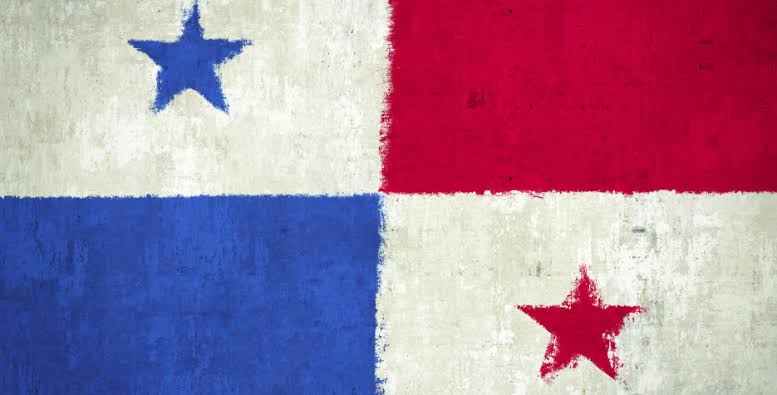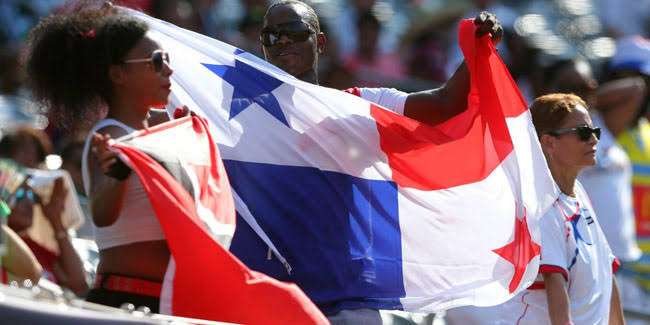Flag Day in Panama – November 4, 2022, history, significance
Panama Flag Day is celebrated on November 4 every year to commemorate the country’s second official liberation from external aggressors. Panama has the unique distinction of having two Independence Days. Panamanians have valiantly resisted colonization for centuries.
Whether Spain, Colombia, or later the U.S. — several forces have tried to stifle Panamanian self-determination. The country has emerged stronger every time. Flag Day celebrates Panama’s official separation from the Republic of Colombia in 1903. But wait, there is more to the holiday. November in Panama is a month of celebration. The country parties for five days straight, of which Flag Day falls on day two.
HISTORY OF FLAG DAY IN PANAMA

Like several Latin American countries, Panama saw centuries of Spanish colonization. Its strategic location was vital for Spanish trade and commerce ambitions across the seas.
Panama’s indigenous peoples grew increasingly unhappy but a full-blown revolution seemed far-fetched. Three hundred years under Spanish rule passed before the winds of change arrived. Francisco De Miranda’s rousing calls for resistance paved the way for Venezuela’s liberation from Spanish rule. He inspired an entire continent to fight for self-determination. Much later, Simón Bolívar became a cultural and political icon, helping Latin American colonies like Panama become independent from Spain.
On November 10, 1821, the Panamanians called for independence from Spain. After a period of brave fighting, the country became free of colonial rule on November 28, 1921. A new Panama was born. Yet, the people worried about future repercussions from Spain and looked for further support. Panama allied with former colonies and joined the Republic of Greater Colombia.
For some years, Panama remained a part of ‘Gran Colombia’ — a republic that included countries such as Venezuela, Brazil, Ecuador, Peru, and Guayana. In the early 20th century, Panama eventually broke ties with Greater Colombia. At the decision’s core was a desire for autonomy over the Panama Canal construction.
The U.S. wanted to negotiate with Panama directly, but Colombia opposed any possible treaty. Backed by the U.S., Panama declared independence from Colombia in November 1903. The agreement gave the U.S. complete control over the Canal. In return, the U.S. guaranteed the sovereignty of the new republic.
María de la Ossa de Amador — the First Lady of Panama — designed a new national flag to commemorate a second independence. In 1925, Panama officially adopted the red, white, and blue colors.
FLAG DAY IN PANAMA TIMELINE
1820
The End of Spanish Rule
Revolution arrives and Panama carries the Spanish flag for the last time.
1821
A Flag’s Evolution
As part of the Republic of Colombia, Panama retains a degree of independence and its national flag.
1903
A Symbol of Resurgence
Maria Dela Ossa secretly produces three copies of a newly designed national flag for distribution all over Panama.
1999
The Flag is Desecrated
Desecration of the Panama flag by Zionists leads to massive riots, paving the way for Panama to regain control of the Canal.
FLAG DAY IN PANAMA ACTIVITIES
Watch the parade
It isn’t a celebration in Latin American countries without a vibrant parade. Don’t miss the ‘Dianas’ – traditional bands with drums, bugles, and trumpets.
Learn about the flag’s symbolism
The red, white, and blue colors depict the political atmosphere when the flag came to be. Flag Day in Panama is perfect for discovering these hidden meanings.
Plan a trip to Panama
Adventure and nature enthusiasts, bookmark Panama for your next getaway. The country’s biodiversity is three times more than Europe, Canada, and the U.S. combined! This is a good day as any to start planning that trip.
5 FACTS ABOUT PANAMA THAT WILL BLOW YOUR MIND
Unforgettable sunsets and sunrise
Only in Panama can you watch the sun rise in the Pacific Ocean and set in the Atlantic Ocean.
We’d still be living in trees
Homo sapiens evolved from living in trees due to the Panama isthmus and resulting climate change patterns.
Where Coca-Cola first went international
In 1906, Panama became the first country where Coca-Cola was available outside the U.S.
Site of the first ocean-to-ocean flight
In 1913, Robert G. Fowler flew ocean-to-ocean across Panama in a Fowler-Gage biplane.
A rainforest within a city
Panama City is the world’s only capital city with a rainforest inside it.
WHY WE LOVE FLAG DAY IN PANAMA
A country’s sovereignty
Flag Day in Panama symbolizes the sovereignty of a nation. Today is a celebration of Panamanian heritage and culture over centuries.
The importance of continual resistance
Panama’s history shows us that rulers and oppressive systems come and go. The only constant is collective action on things that matter.
Good times
Flag Day in Panama is part of a five-day national celebration. That’s five days of food, music, and dance. Sign us up immediately!



